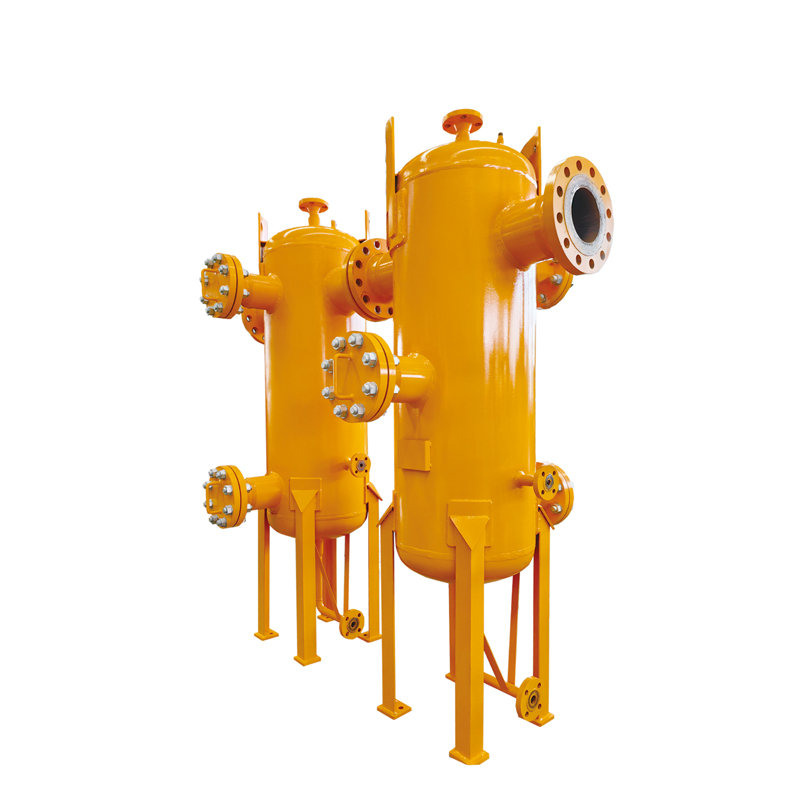
Aug . 02, 2024 14:52
Back to list
Exploring the Functionality and Importance of Natural Gas Control Valves in Energy Distribution Systems
Understanding Natural Gas Valves Essential Components for Safe and Efficient Operations
Natural gas is a vital energy source that powers homes, industries, and power plants around the world. However, the safe and efficient transportation and utilization of natural gas depend heavily on a variety of critical components, among which natural gas valves play a central role. These valves are essential for controlling the flow of gas, ensuring safety, and maintaining operational efficiency.
What are Natural Gas Valves?
Natural gas valves are mechanical devices that regulate the flow of natural gas within pipelines, distribution systems, and any machinery using this energy source. They can be categorized into various types based on their design and function, including gate valves, ball valves, globe valves, check valves, and pressure relief valves. Each type serves a specific purpose, catering to different operational needs.
Types and Functions of Natural Gas Valves
1. Gate Valves Often used in applications where a straight-line flow of gas and minimal pressure drop is required, gate valves are primarily used for on/off control. When fully open, they offer very little resistance to gas flow.
2. Ball Valves Known for their reliability and excellent sealing properties, ball valves feature a spherical disk that can rotate to open or close the flow of gas. They are widely used in applications requiring quick shut-off capabilities.
3. Globe Valves These valves are used for throttling flow, providing better flow regulation than gate valves. They have a spherical body with an internal baffle that can significantly reduce velocity, allowing for precise flow control.
4. Check Valves This type prevents backflow in a system, ensuring that gas flows in one direction only. They are crucial in protecting other components from damage due to reverse flow.
natural gas valve

5. Pressure Relief Valves Safety is paramount in natural gas applications, and pressure relief valves are designed to prevent excessive pressure build-up in systems, protecting equipment and maintaining safety standards.
Importance of Natural Gas Valves
Natural gas valves are key to maintaining the integrity and safety of gas distribution systems. They not only help regulate gas flow but also shut off supply in emergencies, preventing potentially catastrophic situations. For instance, during maintenance or in case of a leak, valves can isolate sections of the pipeline, allowing for safe repairs without disrupting the entire system.
Additionally, valves contribute to energy efficiency. By controlling the flow and pressure of gas, these devices help optimize consumption and minimize waste. This is particularly important in industrial settings, where efficient gas usage can significantly lower operational costs and reduce environmental impacts.
Maintenance and Safety Considerations
Regular maintenance of natural gas valves is critical for ensuring their proper function and safety. Inspection routines should include checks for leaks, corrosion, and mechanical integrity. Operators should follow guidelines set by regulatory bodies to meet safety standards and maintain system reliability.
Furthermore, the use of appropriate materials, technologies, and designs in valve construction can enhance their performance and longevity. Modern valves increasingly incorporate automation and smart technologies, allowing for real-time monitoring and control, enhancing both safety and efficiency.
Conclusion
Natural gas valves are indispensable components of the natural gas supply chain. Their role in controlling flow, ensuring safety, and enhancing efficiency cannot be overstated. As industries and households continue to rely on natural gas as a primary energy source, investing in high-quality valves and adhering to stringent maintenance practices will remain critical to ensuring safe and efficient operations in the field. Understanding the different types of valves and their applications empowers users to make informed decisions that enhance safety and efficiency in natural gas management.
Latest news
-
Safety Valve Spring-Loaded Design Overpressure ProtectionNewsJul.25,2025
-
Precision Voltage Regulator AC5 Accuracy Grade PerformanceNewsJul.25,2025
-
Natural Gas Pressure Regulating Skid Industrial Pipeline ApplicationsNewsJul.25,2025
-
Natural Gas Filter Stainless Steel Mesh Element DesignNewsJul.25,2025
-
Gas Pressure Regulator Valve Direct-Acting Spring-Loaded DesignNewsJul.25,2025
-
Decompression Equipment Multi-Stage Heat Exchange System DesignNewsJul.25,2025

